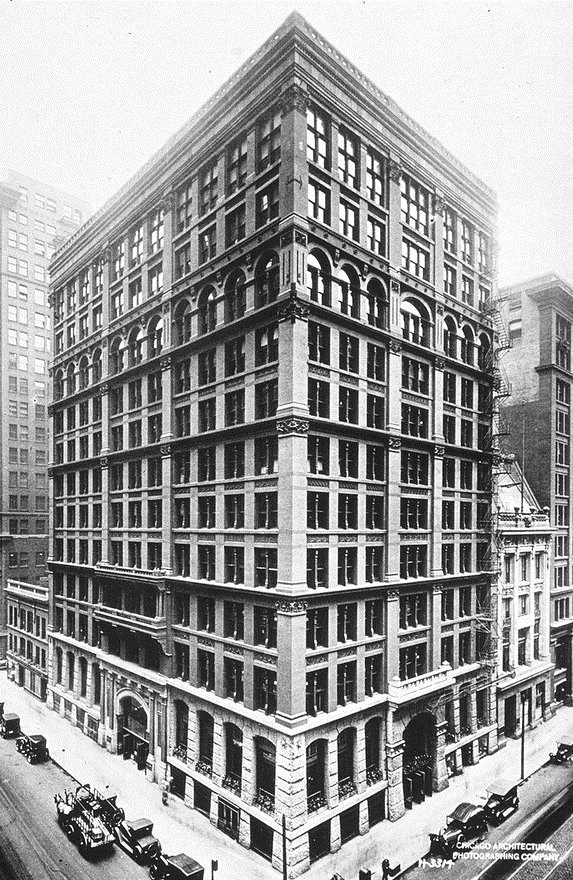In 1919, Germany was a shadow of its former self. Its rise to great power status after a string of intoxicating Prussian-led military victories came to an abrupt halt during the Great War, the bookend of the “long 19th century.”
The Carthaginian peace of Versailles stripped Germany of its colonies, reduced its territory, and saddled it with war reparations. Of the thirteen million German men mobilized for the war, two million were dead and four million more wounded. The country’s economy was crippled, its confidence shattered, and its elites discredited.
The First World War burned long and hot, reducing the Ancien Régime to rubble. Across Europe, hundreds of years of tradition had been pulverized practically overnight: Nicholas II was forced to abdicate after 500 years of tsarist autocracy, 600-year-old Ottoman Empire was no longer a sick man but a dead man, and the Hapsburg dynasty, which had ruled over wide swaths of Europe since the 15th century, simply disappeared.
It’s little surprise then that in the smoldering ashes of these venerable institutions, there was a palpable sense across Europe and particularly within Germany that new beginnings were not only possible but necessary. Berlin, of course, was a byword for the radical spirit of experimentation and an efflorescence of cultural output in these years. But it was over 200 kilometers to the southwest, in the genteel and buttoned-up town of Weimar, that the yeasty intellectual climate of the post-war years would produce its two boldest experiments: Bauhaus and the Weimar Republic.
Both were tied to a similar fate, sprouting in the political vacuum of 1919 before succumbing to the Nazis in 1933. What united them during their mere fourteen years of existence was a rejection of the idea that old forms could be stretched around new realities.
The Great War had irrevocably shattered the illusion that Germany could simply do maintenance on the old system. A radical shift was needed. Bauhaus expressed this shift in the language of architecture; the Weimar Republic in constitutional law.

Consider the Bauhaus. When the first skyscraper went up in Chicago in 1885, its revolutionary steel frame theoretically allowed for greater height and stability because it didn’t require heavy masonry walls. But the architects eschewed new forms.
Instead, they dressed up the new structure with old forms, hanging lighter masonry walls, a bit like curtains, from the steel frame. The result was a steel structure masquerading as a traditional building.
To the early Bauhaus evangelists, this was nonsense on stilts. Broken pediments and fluted columns had no business in industrial era; they were barbarous relics of pre-modernism.
The zeitgeist demanded new thinking, giving rise to the creed: form follows function. There would be no frivolous ornamentation or extraneous frills. Architecture itself would be adapted to the modern world of machines, radios, and cars, inspired by Bauhaus founder Walter Gropius’ dictum that “the will of the epoch must be translated into space.” This gave us radically clean lines, glass curtain windows, tubular steel chairs, geometric light fixtures, and a preference for primary colors reminiscent of Piet Mondrian. Form for form’s sake was abandoned.
It’s difficult to imagine that what seems banal today once burned incandescent with revolutionary zeal. The Bauhaus was an effort not only to bring the visual arts back into everyday life but to make it an instrument of social and cultural regeneration.

Bauhaus thus had elements of a religion, with Gropius himself as high priest: “The intellectual bourgeois of the old Empire – tepid and unimaginative, mentally slow, arrogant, and incorrectly trained – has proven his incapacity to be the bearer of German culture. His benumbed world is now toppled, its spirit is overthrown, and is in the midst of being recast into a new mold.”
But in Weimar in the interwar years, Germany’s political spirit was also being “recast into a new mold.” There is an obvious parallel between Gropius’ words and Philipp Scheidemann’s proclamation from the Reichstag balcony after Wilhelm II’s abdication: “The old and rotten, the monarchy has collapsed. The new may live. Long live the German Republic!” As the Bauhaus ditched the principle of form for form’s sake, so did the Weimar National Assembly.
When the Constitution of the German Empire was drafted in 1871, it established the Reichstag, at the time one of the most modern and progressive parliaments in Europe with universal suffrage (interpreted to mean all men over 25 years).

In theory, this representative body gave voice to a swelling middle class. But the Reichstag’s powers were severely circumscribed in Wilhelmine Germany. It couldn’t initiate legislation, and the Kaiser still controlled foreign policy, commanded the army, and handpicked his ministers that formed the government. As in architecture, the modern era had introduced revolutionary political structures that were still cloaked in old institutional forms.
Like the Bauhaus itself, the Weimar Constitution of 1919 became a reflection of the modern form-follows-function creed. The empowered legislature followed the functionalist logic of democracy rather than yoking itself to bygone institutions.
In 1933, both Bauhaus and the Weimar Republic came to an ignominious end in Germany, but the ideas that sustained these experiments lived on.
The ubiquity of Bauhaus principles and our own democratic self-understanding today are part of their legacy. This made Weimar, for a brief interlude between 1919 and 1933, a crucible of architectural and political modernism.





1 Comment
[…] http://devolutionreview.com/interwar-weimar-crucible-architectural-political-modernism/ […]